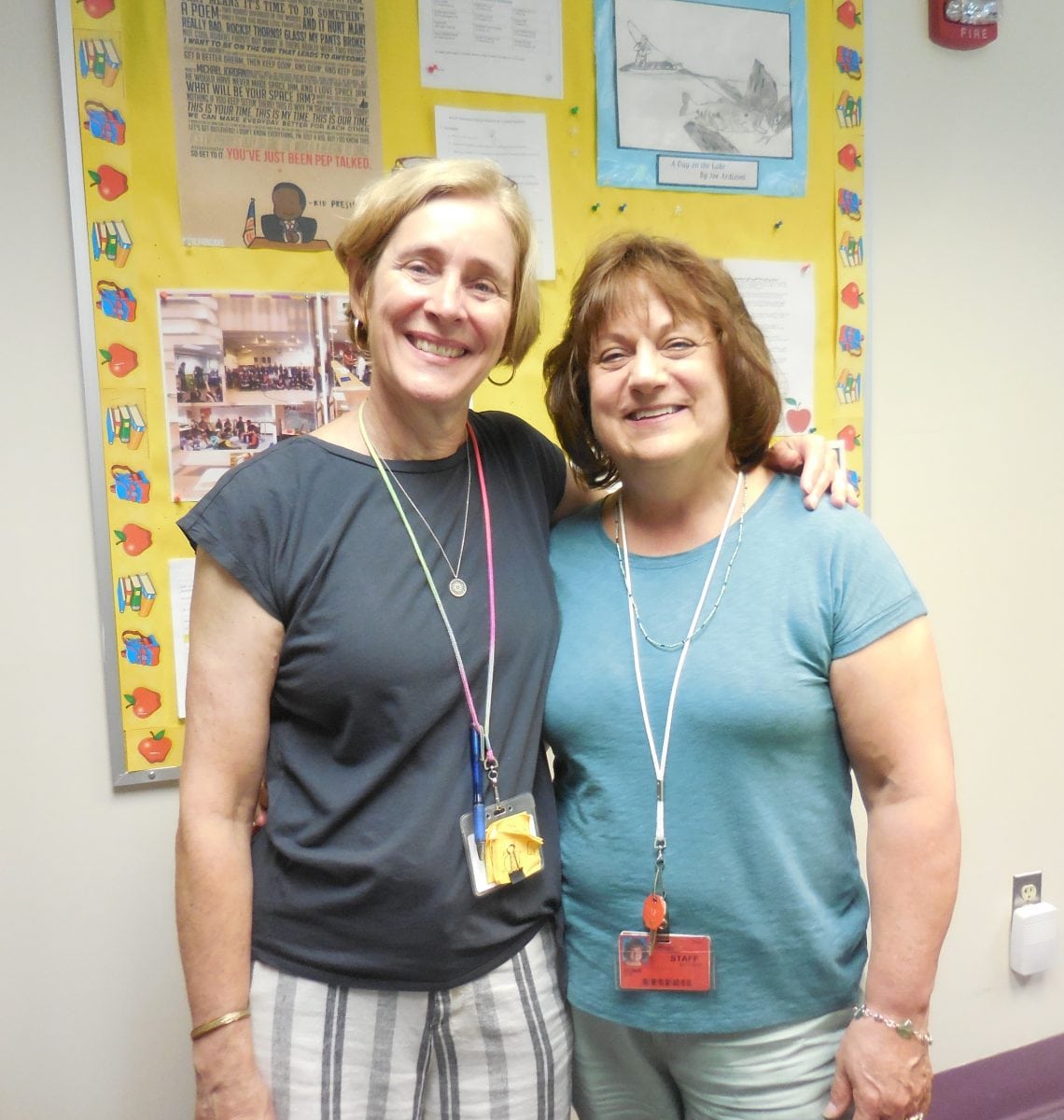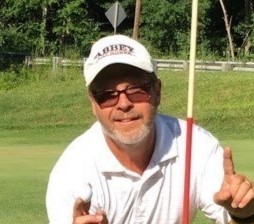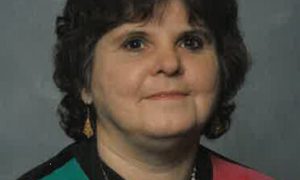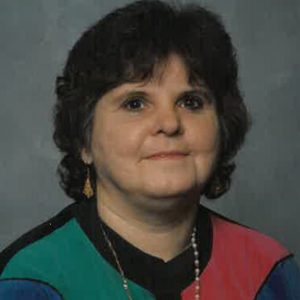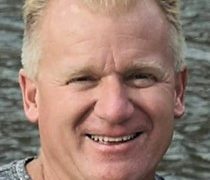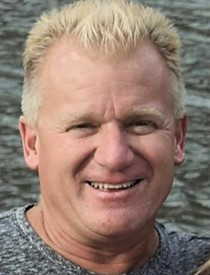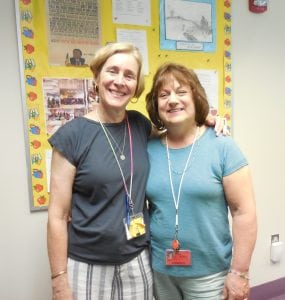
Retiring Russell Elementary principal Alison Hamilton and administrative assistant Tina Howe, who will be going to Franklin Avenue school next year. (Photos by Amy Porter)
RUSSELL – On Wednesday, students at Russell Elementary School held an assembly to speak and show the projects they worked on with Ted Watt, an environmental educator from the Hitchcock Center for the Environment in Amherst. This was the third year in a row that Watt, who all the students call Mr. Ted, came to the school thanks to a $5,000 STARS grant (Students and Teachers Working with Artists, Scientists and Scholars) from the Massachusetts Cultural Council.
Before the assembly, Russell principal Alison Hamilton spoke about the final weeks at Russell Elementary. She said the staff will be busy packing everything up, before the lease runs out at the end of June.
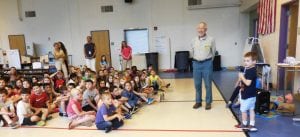
Students from each grade spoke about their projects before showing them at an assembly with environmental educator Ted Watt.
“The town has been so gracious, I loved working with them; they’ve been great landlords. Anything I’ve ever asked of them, they’ve done,” said Hamilton. She said she called them on Monday to ask if they could mow in advance of the field day on Thursday, and they came right out.
Hamilton became visibly moved as she showed a large framed photo that Ray Gouley, a photographer working with the Russell Electric Company, had taken of all the students, teachers and staff in front of the school and presented to her. She made 190 copies of the photo to give to everyone as a parting gift. “The kids and their families and the staff love it here,” she said.
Hamilton will also be retiring at the end of the year after 40 years in education. She took her first teaching job in 1978 with the Hampshire Education Collaborative in Northampton. In Westfield, she has had nine superintendents in nine different positions at six different schools. “I’m so glad I ended here,” she said.
Hamilton has made the most of the lovely Hilltown surroundings. Besides the work with Watt, there were two owl releases at the school by Bird of Prey Rehabilitation Facility owner Thomas Riccardi. They also had the Enchanted Circle Theatre troupe in to work with the kids. Their final program was held on Friday.
They also have birdhouses in all shapes and sizes hung around the school, many from the Hitchcock Center. They will be leaving the birdhouses, most of which are occupied.
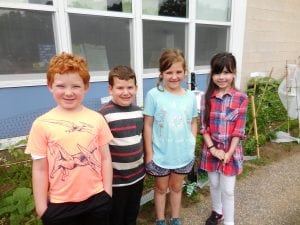
Russell first graders Quinn Humason, Adam Baudin, Hailey Zanoli and Natalie Tremblay in front of their garden project.
This year, Watt’s focus with the students was on sustainability and recycling. Kindergarteners planted seeds and grew plants, some in a closet, some in the window, some under lights.
First graders took care of the garden at the school. On Wednesday, they also went with Mr. Ted for a nature walk at Stanley Park. “They were looking at stuff and learning. They practiced crossing the stream on rocks, and looked at acorn caps, quartz pebbles, and skunk cabbage,” Watt said.
Second graders designed fencing for animals in the garden. Second grade speaker Kate St. Jean said in her presentation that they studied herbivores, carnivores and omnivores, their bones and teeth. She said they drew a design for the fencing. “When we visited the garden two days after the installation, the garden remained protected and peaceful,” St. Jean said.
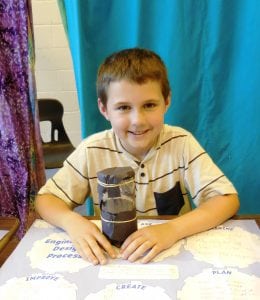
All of Russell third grader Kaden Kent’s worms survived.
Third graders learned how to maintain a healthy environment for the survival of worms in recycled plastic soda bottles. Students in the class were each given seven red wigglers. Kaden Kent said they had to keep five alive. He said he used compost and mixed sand in it. “My worms survived,” Kent said.
Fourth graders did a program on engineering, and how to build simple machines and wind turbines. Hamilton said the blizzard bag project for the school this year was also about engineering design and recycling projects. Fourth graders also worked with first graders on their garden project, doing research to answer questions the younger children had for them.
Fifth graders learned about clean water, and took a field trip to the Hitchcock Center to visit the living building there, which is in the process of getting certified. Watt said to get the certification; a living building must have zero net energy, and zero net water, and be occupied for a year. He said the year of monitoring began last month, and will be regulated by the Federal Environmental Protection Agency, Mass. Department of Environmental Protection, Amherst Board of Health, and the Living Futures Institute.
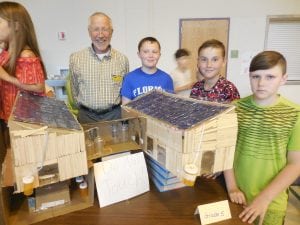
Visiting environmental educator Ted Watt with Connor McMahon, Zachary Zelasko and Sean McMahon from Amy
Haramut’s fifth grade class, and their model of Hitchcock Center’s living building.
The students made presentations on the visit and the research they did. One group built a model of the living building, including rainwater capture, solar panels on the roof, water filters and composting toilets in the basement, which Watt said all students are fascinated by. He asked them if he could take the model to the Hitchcock Center, and display it next to a professional model. The students said yes, and he packed it in his car at the end of the day.
“Russell is such a wonderful school. Small is beautiful with kids. I’m so impressed with the adult-student connections here,” Watt said, adding, “I appreciated so much being here for the three years.”
“He has taken good care of us,” Hamilton said of Mr. Ted.

